PAPAVER
Papaver L., Sp. Pl. ed.1: 506. 1753; Gen. Pl. 5: 224. 1754; Benth. & Hook. f., Gen. Pl. 1 (1): 51. 1862; Boiss, Fl. Or. 1: 105; 1867; Hook. f., Fl. Brit. India 1: 116. 1875; Mowat & Walters in Tutin et al., Fl. Europ. 1: 247. 1964; Zhang & Grey-Wilson, Fl. China @ eFloras.org 7: 278; Kiger & Murray, Fl. North Amer. @ eFloras.org vol. 3; Fl. Pak. @ eFloras.org p. 7.
Annual or perennial herbs, with milky or yellowish sap. Stem erect or ascending, terete, branched or not, usually setose. Basal leaves rosulate, petiolate, variously shaped, 1-3 pinnati-fid, -partite, -sect or -lobate, sometimes incised, serrate or crenate, both surfaces setose; cauline leaves alternate, similar to basal leaves but usually sessile, sometimes amplexicaul (P. somniferum). Inflorescence generally solitary terminal or axillary, often on long peduncles, often setose; rarely cymose or raceme. Flowers often large and showy with caducous sepals and petals; flowering buds drooping. Sepals 2(-3), free, soon deciduous, usually ovate-orbicular, often hispid. Petals 4(-6), free, on short receptacle, in 2 whorls, outer whorl larger, crumpled in bud, +/- orbicular with little or no claw, often caducous, red, pink, white or yellow. Stamens indefinite, free; filaments linear to dilated, often dark coloured; anthers small, often oblong, dehiscence longitudinal, extrorse. Carpels 3-18(-22), united; ovary 1-locular, sometimes incompletely multilocular by placental intrusions, superior, usually ovoid, ovules numerous on parietal placentae; style absent; stigmas 3-18 (-22), actinomorphic, radiating, united into compressed or steepled disk covering ovary, disk margin wavy, crenate or deeply dissected, with as many lobes as stigma rays. Fruit many- seeded capsule, globose, ellipsoid, subcylindrical-globose, dehiscing by pores just beneath persistent stigmatic disk. Seeds small or minute, kidney-shaped and pitted or very finely reticulated.
134 species
Papaver rhoeas
Papaver rhoeas L., Sp. Pl. ed.1: 507. 1753; Boiss, Fl. Or. 1: 113; 1867; Hook. f., Fl. Brit. India 1: 117. 1875; Mowat & Walters in Tutin et al., Fl. Europ. 1: 248. 1964; Fl. China @ eFloras.org 7: 279; Fl. North Amer. @ eFloras.org vol. 3; Fl. Pak. @ eFloras.org p. 16.
Annual herb, erect or ascending, 20-100 cm tall, branched, hispid or stiffy hairy with 1-3(-3.5) mm long spreading white hairs, sometimes subglabrous. Leaves alternate, large, up to 22 cm x 12 cm and 15 cm x 21.5 cm; basal and lower leaves +/- stalked, larger; upper leaves sessile or subsessile, leaf base never amplexicaul; all leaves usually 1-2-pinnatidissected/ pinnatidivided with narrow acute +/- toothed, bristle-pointed segments, very variable in size and segmentation but usually with a larger and broader terminal segment. Flowers solitary terminal or axillary, on peduncles, 15-30 cm long, peduncles usually stiffy hairy with spreading bristles. Flower buds large, ovoid, 10-25 mm long, stiffy hairy. Flowers 4-8 cm across, usually scarlet, pink, rarely white, often with a basal dark blotch. Sepals 2, green, broadly elliptic, 1-2.5 cm long, adaxially setose (hispid). Petals 4 (sometimes double), free, in 2 whorls of 2 each, contorted in bud, scarlet, pink with a basal dark blotch, suborbicular, transversely obovate, 2-6.5 cm broad, overlapping, entire. Stamens indefinite, free; filaments dark mauve or purplish, ca. 10 mm long; anthers 1-1.5 mm long, oblong, blue oy yellow. Ovary obovoid, unilocular, incompletely multilocular by placental intrusion, glabrous; ovules numerous on parietal placentae; style absent; stigmas 8-12(-20), actinomorphic, united into compressed disk covering ovary, margin crenate. Capsule subglobose to broadly obovoid, 10-20 mm long, slightly longer than broad, with a rounded base abruptly narrowed into an inconspicuous very short stipe, glabrous, stigmatic rays 8-12(-20), almost reaching the end of marginal lobes of disk; dehiscence by pores just beneath persistent stigmatic disk. Seeds numerous, very small, dark- brown, reniform-oblong, ca. 1 mm.
Common Names: Common Poppy, Corn Poppy, Field Poppy; Khas-khas (Hindi)
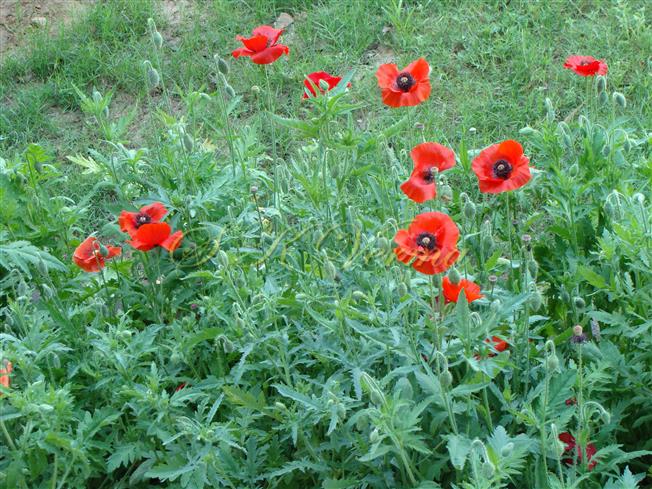
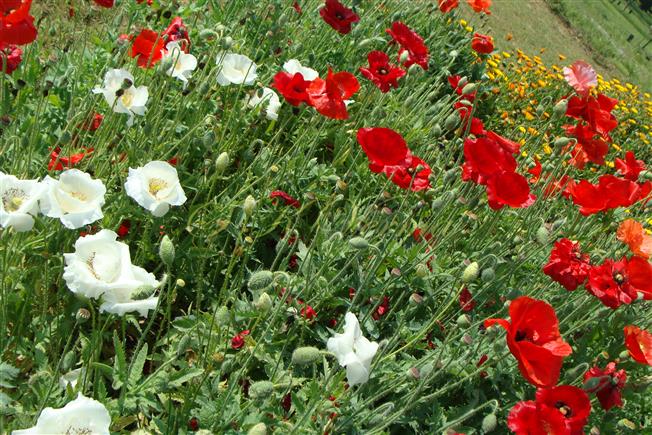
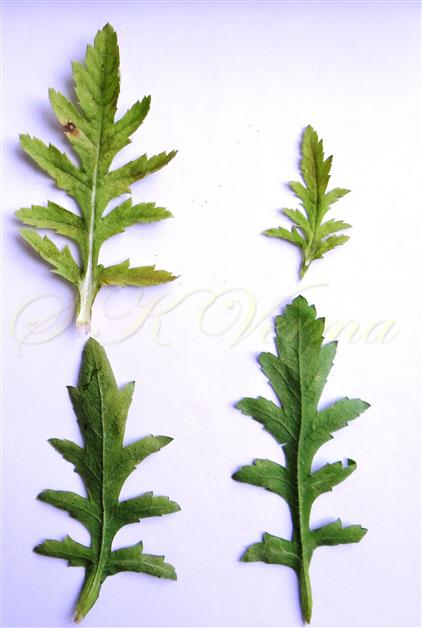
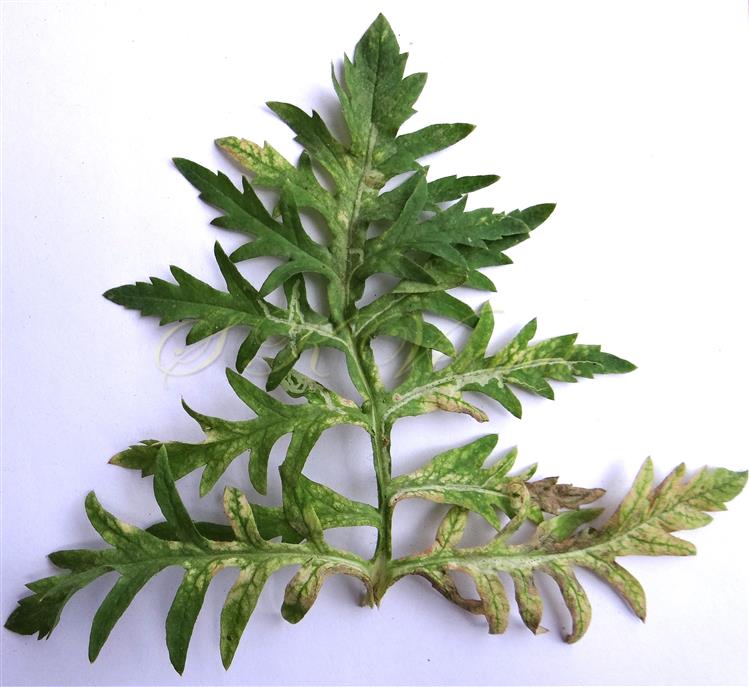
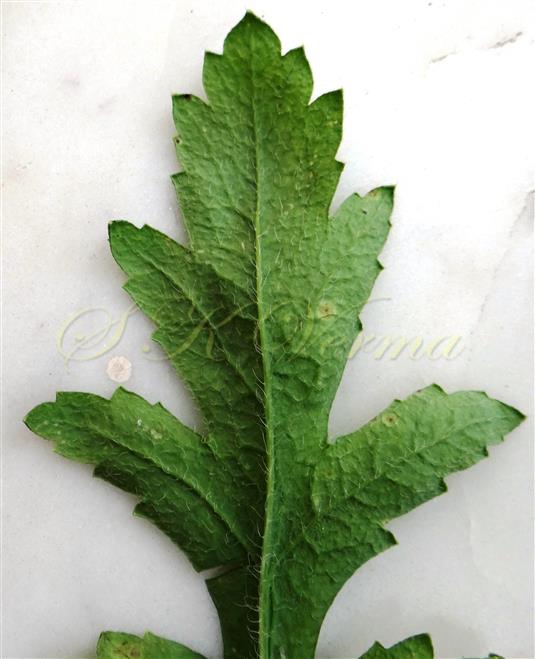
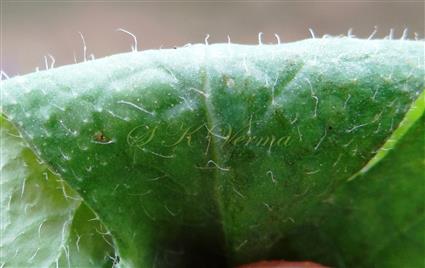
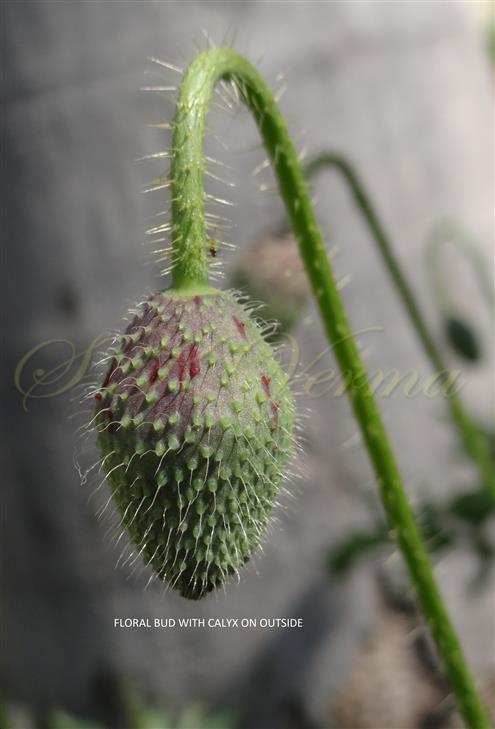
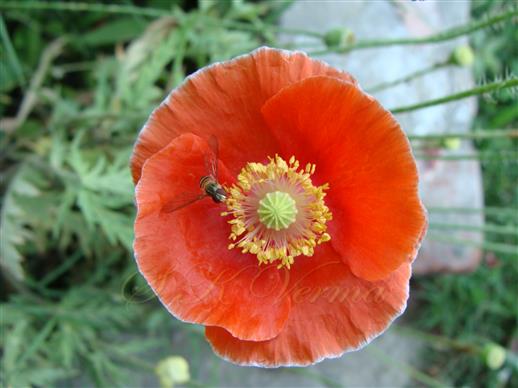
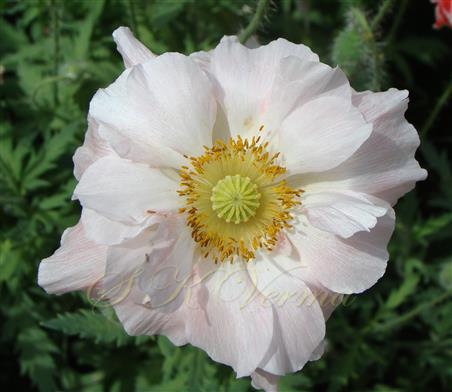
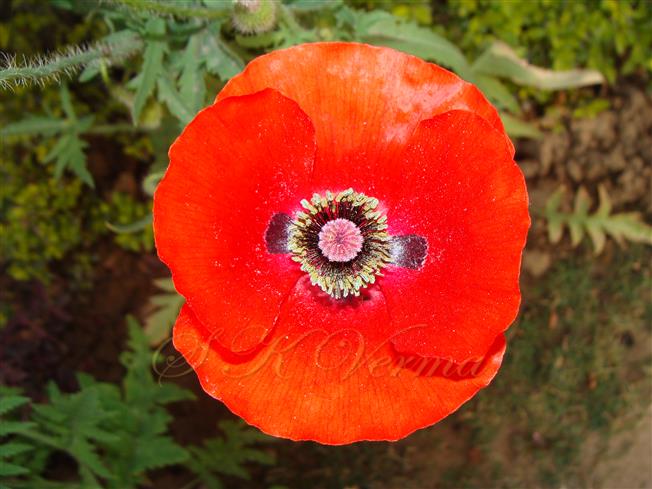
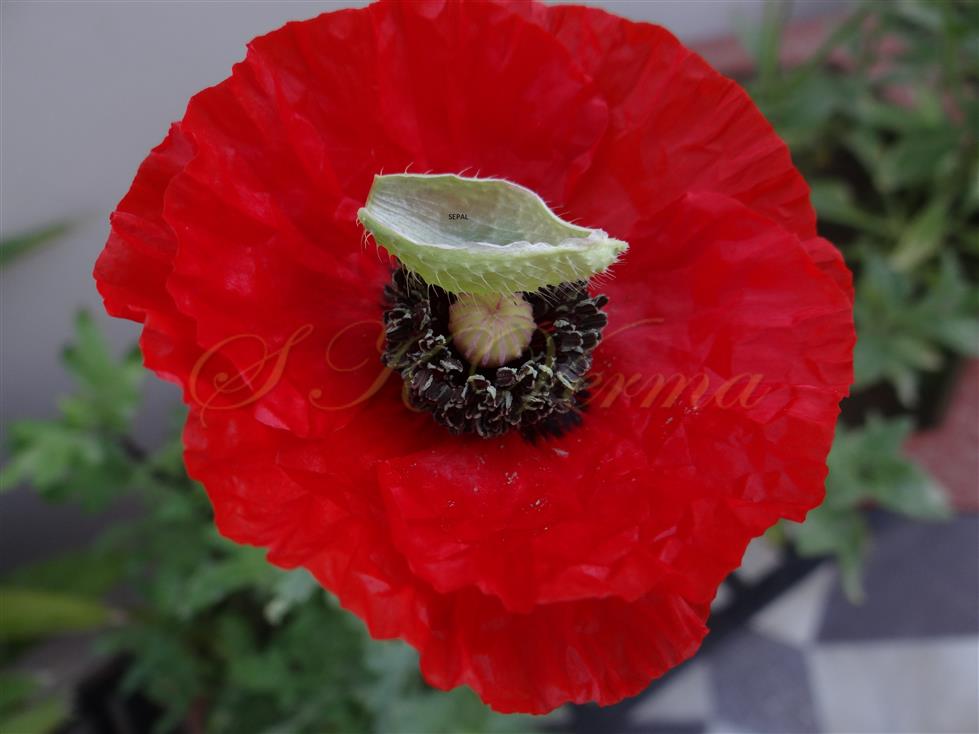
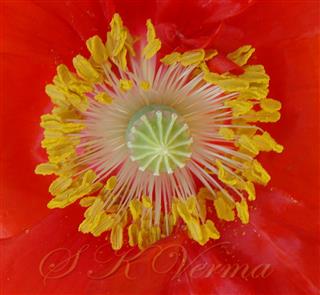
.jpg)
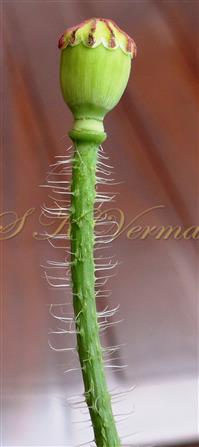
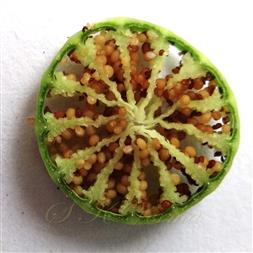
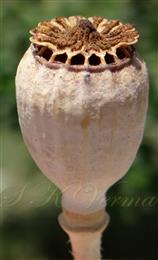
.jpg)













.jpg)



.jpg)